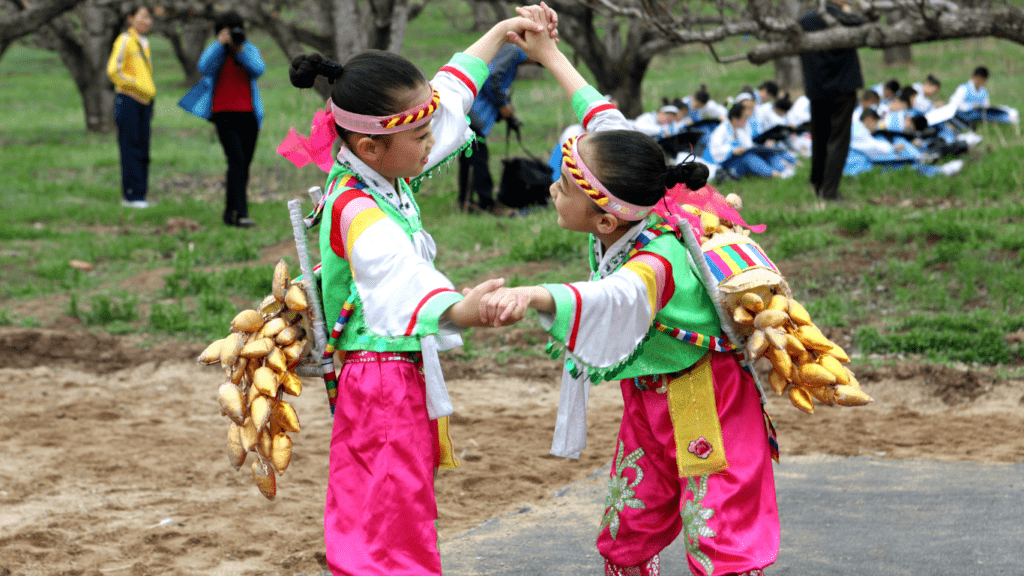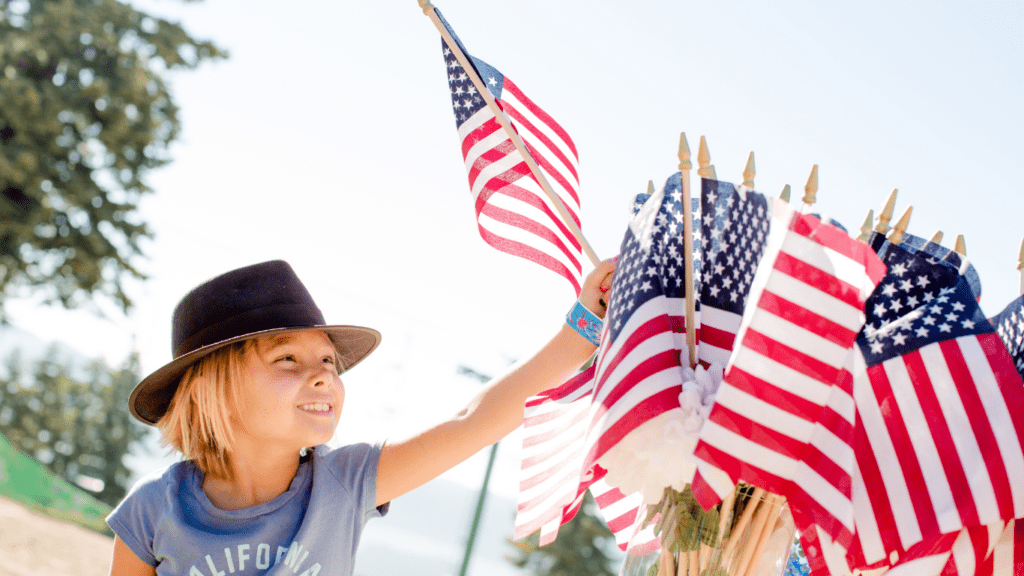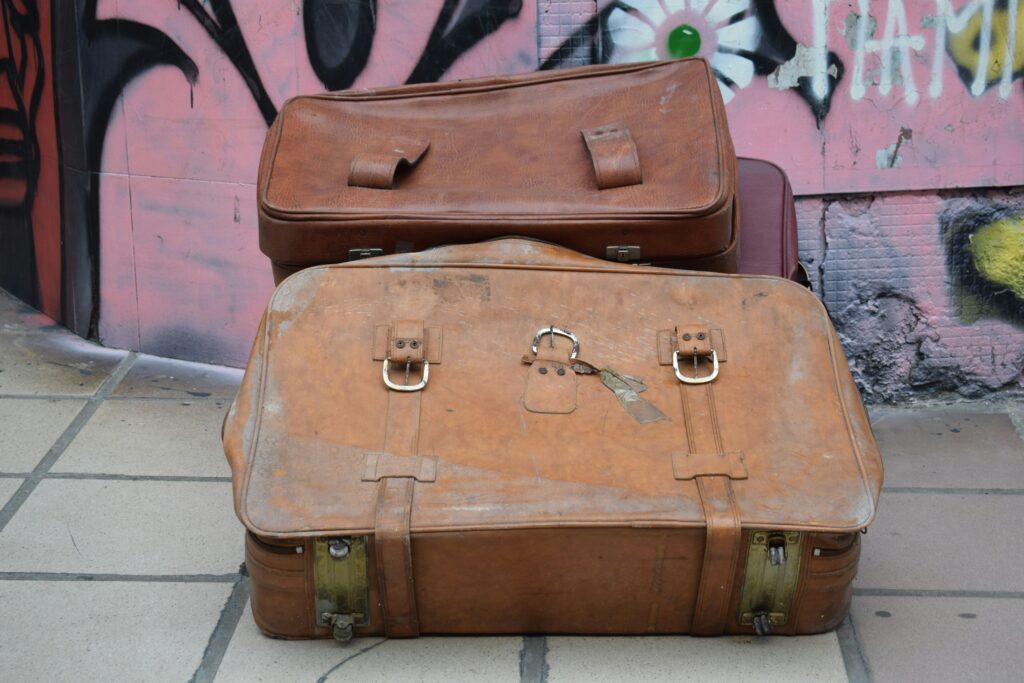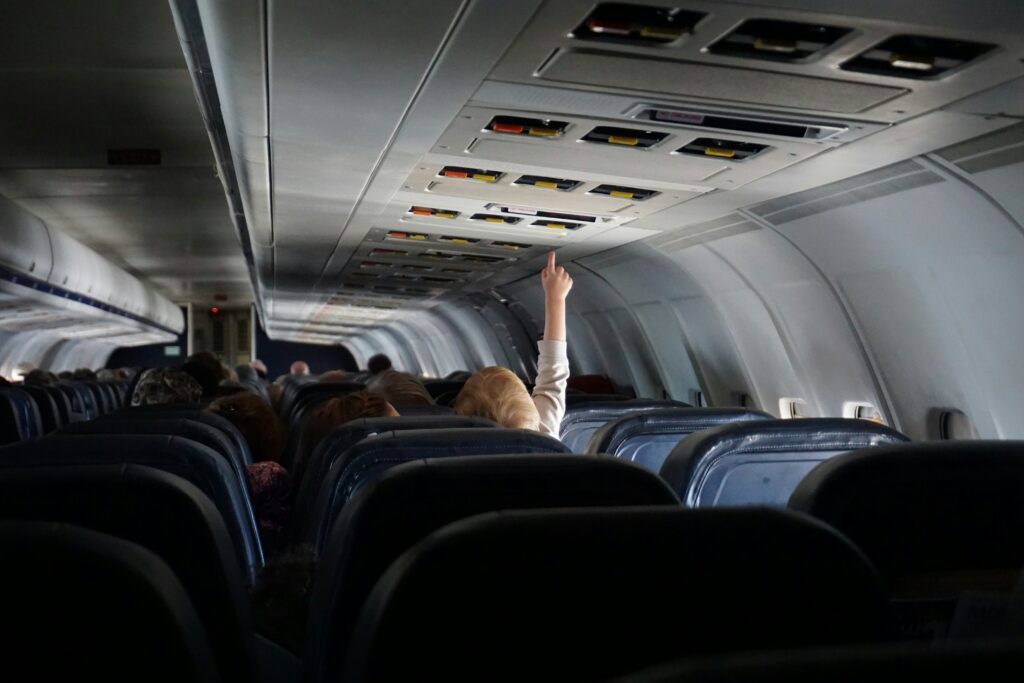Understanding Cultural Travel
Cultural travel encompasses more than just visiting new places; it immerses travelers in different ways of life. This type of travel holds educational and developmental value for children.
What Is Cultural Travel?
Cultural travel involves immersing oneself in a region’s traditions, customs, and daily practices. While conventional travel focuses on sightseeing, cultural travel prioritizes engagement with local life.
Examples include participating in local festivals, trying regional dishes, and learning about traditional crafts. This approach fosters a deeper appreciation and understanding of the host culture.
The Importance of Introducing Kids to New Cultures
Introducing kids to new cultures enriches their development. Through these experiences, children build empathy, broaden their worldview, and develop adaptability.
Engaging with different cultural practices, such as attending traditional ceremonies or visiting historical landmarks, enhances their cognitive and emotional growth. Moreover, this exposure cultivates cultural sensitivity, making them more open-minded individuals.
Planning Your Cultural Travel with Kids

Effective planning ensures a smooth cultural travel experience with kids and maximizes the benefits of the journey. Focus on key aspects like destination choice, trip timing, and duration.
Choosing the Right Destination
- Selecting a destination involves considering safety, cultural richness, and kid-friendly activities.
- Research countries with diverse traditions and accessible cultural attractions.
- Look for places with interactive museums, child-oriented tours, and festivals that capture local life.
For example, Japan offers family-friendly activities like festivals and nature reserves.
Timing and Duration of the Trip
Plan the trip during school breaks to avoid disruptions. Optimal trip length balances immersion with children’s attention spans. Typically, one to two weeks work best for cultural travel with kids, allowing enough time for exploration without causing fatigue.
Adjust the itinerary based on the children’s ages and interests, integrating rest periods to keep them engaged.
Preparing for the Journey
Traveling with kids to new cultural destinations requires thoughtful preparation. Setting the stage before departure ensures a smoother experience.
Educating Kids Before the Trip
Introducing children to the upcoming destination’s culture enriches their experience. I recommend providing age-appropriate books and documentaries about the location. Interactive activities like cooking local dishes or learning basic phrases in the local language further enhance their curiosity and engagement.
Discussing customs and traditions helps children understand cultural differences and reduces culture shock upon arrival. Highlighting landmarks and historical facts through pictures and videos adds excitement and context to their journey.
What to Pack for Cultural Exploration
Packing strategically ensures children have a comfortable and immersive experience. Essentials include:
- lightweight clothing appropriate for the climate
- comfortable walking shoes
- travel-sized toiletries
For cultural exploration, I pack items like a travel journal for kids to document their experiences, a language guide, and small gifts to offer as a sign of appreciation to locals.
Including snacks, medications, and a first-aid kit ensures readiness for any situation. Packing a small backpack for daily excursions with water bottles, hats, and sunscreen provides additional convenience and protection during cultural activities.
Engaging Activities for Children on Cultural Trips
Children can immensely benefit from participating in hands-on, immersive activities during cultural trips. Engaging them in local traditions and practices makes cultural learning both fun and meaningful.
Interactive Museums and Workshops
Interactive museums offer hands-on exhibits that captivate children’s curiosity. Science museums often have sections where kids can conduct experiments. An example is the Exploratorium in San Francisco, known for its immersive displays.
Workshops are perfect for introducing kids to local crafts. In Kyoto, Japan, children can learn traditional paper folding at origami sessions. These experiences provide deeper insights into the culture while keeping children engaged.
Cultural Shows and Local Storytelling
Cultural shows bring traditions to life through performances. Attending a traditional dance show allows kids to experience local music and dance styles. In Bali, kids can watch the Kecak dance, a captivating performance rooted in myth and history.
Local storytelling offers another engaging avenue. Many communities host storytelling sessions that narrate folklore and legends. Listening to these tales helps children appreciate the cultural context and rich heritage of their destination.
Cultural Sensitivity and Safety
Understanding the importance of cultural sensitivity and safety during travel enriches the experience and ensures a positive impact on local communities. Teaching children to respect and adapt to different environments during cultural trips is essential.
Teaching Respect for Local Traditions
I find it crucial to teach kids about local customs and traditions before visiting a new place. Educating children about the significance of customs like greeting gestures, dressing appropriately, and observing religious practices enhances their cultural awareness.
For example, explaining the importance of bowing in Japan or taking shoes off before entering homes and temples helps kids show respect. Encouraging participation in local customs, such as attending traditional ceremonies like Thailand’s Songkran festival, provides deeper cultural insight.
Health and Safety Tips Abroad
Ensuring health and safety while traveling is paramount. Before traveling, I always research necessary vaccinations and health precautions specific to the destination. Packing essentials like first-aid kits, insect repellent, and sunscreen ensures preparedness.
Understanding local safety guidelines, such as drinkable water sources and safe foods, helps prevent health issues. Teaching kids basic safety rules, like staying close in crowded areas and recognizing emergency contact numbers, ensures a secure travel experience.

 Sarah Ainslie is an experienced article writer who has played a crucial role in the development of Toddler Health Roll. With a passion for child health and wellness, Sarah's writing offers parents insightful and actionable advice on nurturing their toddlers. Her articles are well-researched and thoughtfully crafted, providing practical tips on everything from nutrition to emotional well-being, making her contributions invaluable to the platform.
Sarah's dedication goes beyond just writing; she has been instrumental in shaping the content and direction of Toddler Health Roll, ensuring that it meets the needs of parents seeking reliable guidance. Her work has helped establish the platform as a trusted resource for families, offering comprehensive support for raising happy, healthy toddlers.
Sarah Ainslie is an experienced article writer who has played a crucial role in the development of Toddler Health Roll. With a passion for child health and wellness, Sarah's writing offers parents insightful and actionable advice on nurturing their toddlers. Her articles are well-researched and thoughtfully crafted, providing practical tips on everything from nutrition to emotional well-being, making her contributions invaluable to the platform.
Sarah's dedication goes beyond just writing; she has been instrumental in shaping the content and direction of Toddler Health Roll, ensuring that it meets the needs of parents seeking reliable guidance. Her work has helped establish the platform as a trusted resource for families, offering comprehensive support for raising happy, healthy toddlers.
